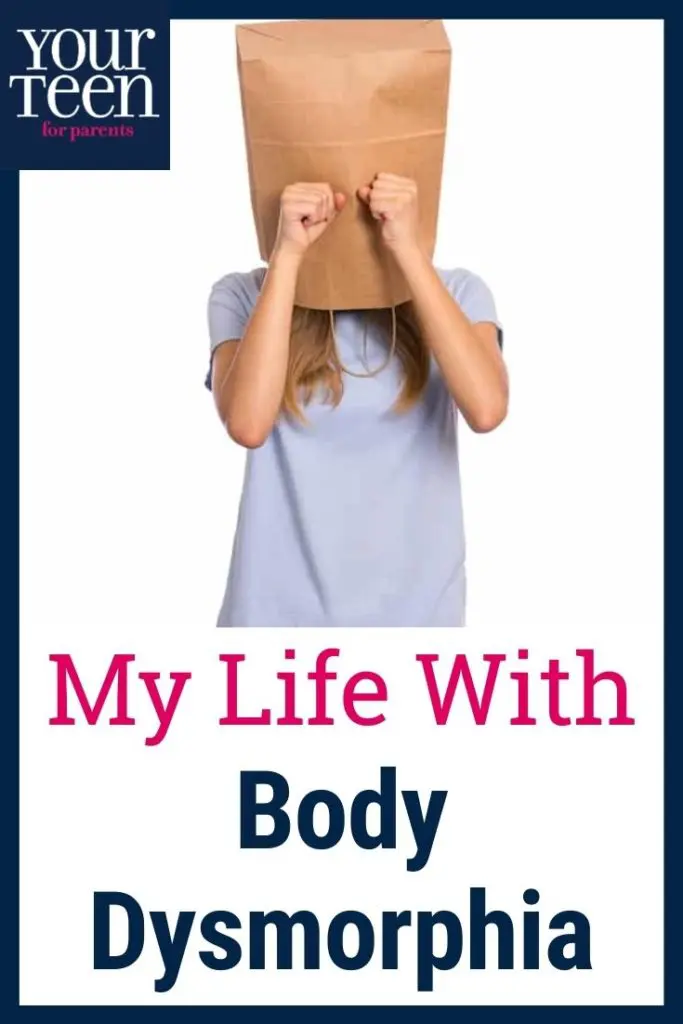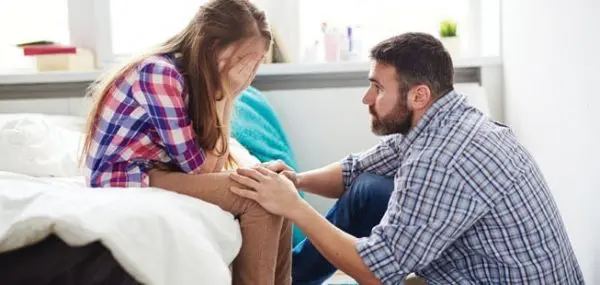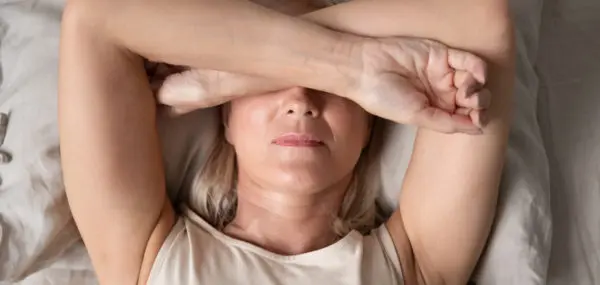If I could cover every mirror in my house, I would be a happier person. My life with body dysmorphia began When I turned thirteen and struggled with deep insecurities about my appearance.
When I was younger, I believed my parents when they told me I was beautiful. But when I entered middle school, my self-assurance turned to doubt. I looked in the mirror more, noticed flaws I wished I could change and began comparing myself to other girls.
I also started noticing that I looked nothing like the models and actresses I saw on Instagram. Like most girls, I started to believe the message that beauty is more important than intelligence or ambition. I went from caring about my appearance to obsessing over it and my insecurities grew.
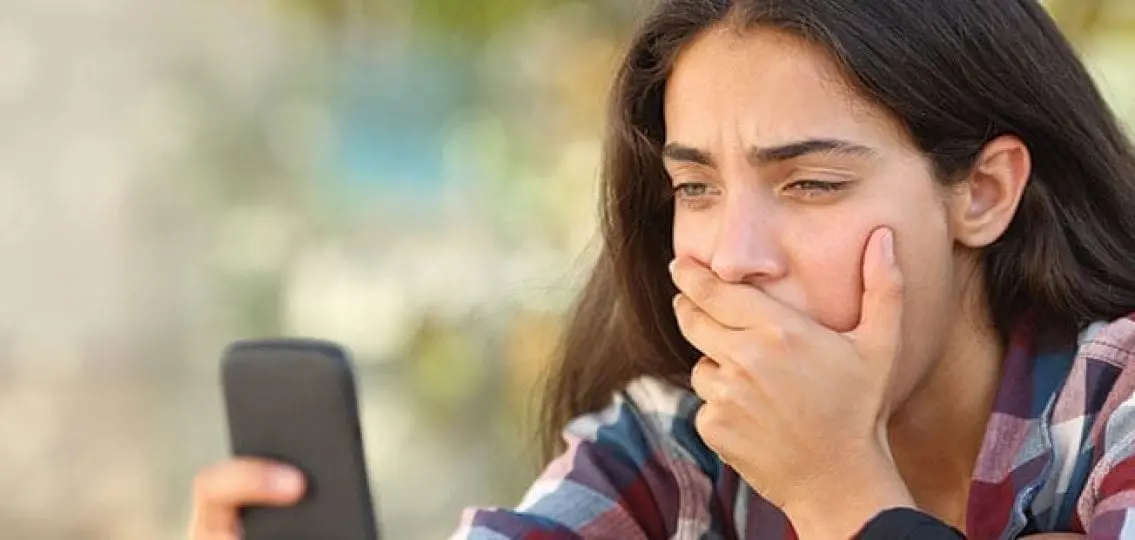
I Didn’t Think I Was Pretty Enough
The belief that I wasn’t attractive enough began interfering with almost every aspect of my life. For years, singing and song writing had been a passion of mine and I dreamed of becoming the next Taylor Swift. But I began thinking that I could never be a star because I wasn’t pretty enough. Why would people want to see me on stage or in interviews when I looked nothing like Selena Gomez or Ariana Grande?
I continued talking myself out of doing things because of how I looked. I didn’t try out for school sports because I was anxious that all the girls on the team would be prettier than me. Two years ago, I missed the end of school barbecue because I was feeling insecure that day and didn’t want to be in public.
My incessant self-consciousness began to affect my physical health. I developed insomnia, panicking over how tired—and therefore, ugly— I would look the next day. I started losing sleep and missing morning classes because I was so exhausted. I became obsessed with going to bed at exactly 9:30— not because I knew that teenagers need 8-10 hours of sleep, but because I didn’t want to go to school with circles under my eyes. I felt an illogical responsibility to look good for everyone at my school.
My parents were concerned about my self-destructive behavior, so they sent me to a therapist who diagnosed me with body dysmorphic disorder. At first, I was angry because so much of my identity came from my self-loathing. How dare he say that the flaws I saw weren’t there? But after sitting with the diagnosis, I felt a sense of relief. “Yay!” I thought, “I’m prettier than I think!”
What is Body Dysmorphia?
Body dysmorphia has made it impossible for me to see what I actually look like, so I can’t judge how attractive I am. But how do I change my thinking? What’s it going to take for me to love myself again?
One thing I’ve started to do is challenge my automatic thoughts. When I’m distracted from thinking about my appearance, I am genuinely happy. But the moment someone takes a photo of me or I see my reflection in a car window, my insecurities return. I have to remind myself that, just five seconds ago, I was content. I also fight the urge to zoom in on every photo of myself to look for flaws and I resist the urge to say things that are self-critical. For me, this feels like progress.
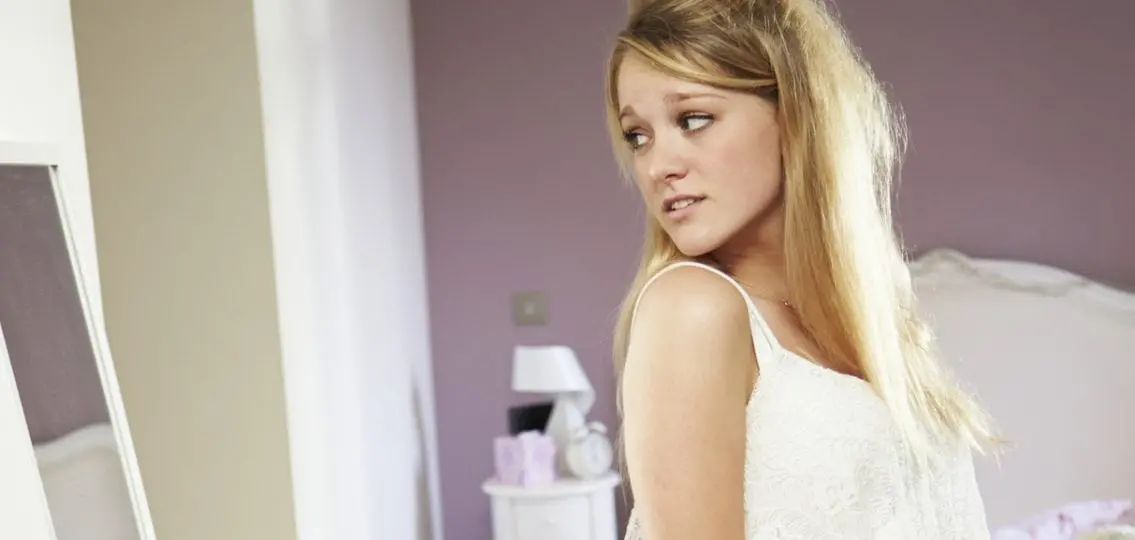
My struggle with teenage body dysmorphia has been, and continues to be, really difficult. But this process has challenged me to learn more about myself and understand that I am more than what I look like on the outside. I know I don’t need to look a certain way in order to be happy. I am learning to accept that there are many kinds of beauty and that, yes, I am beautiful just the way I am.

